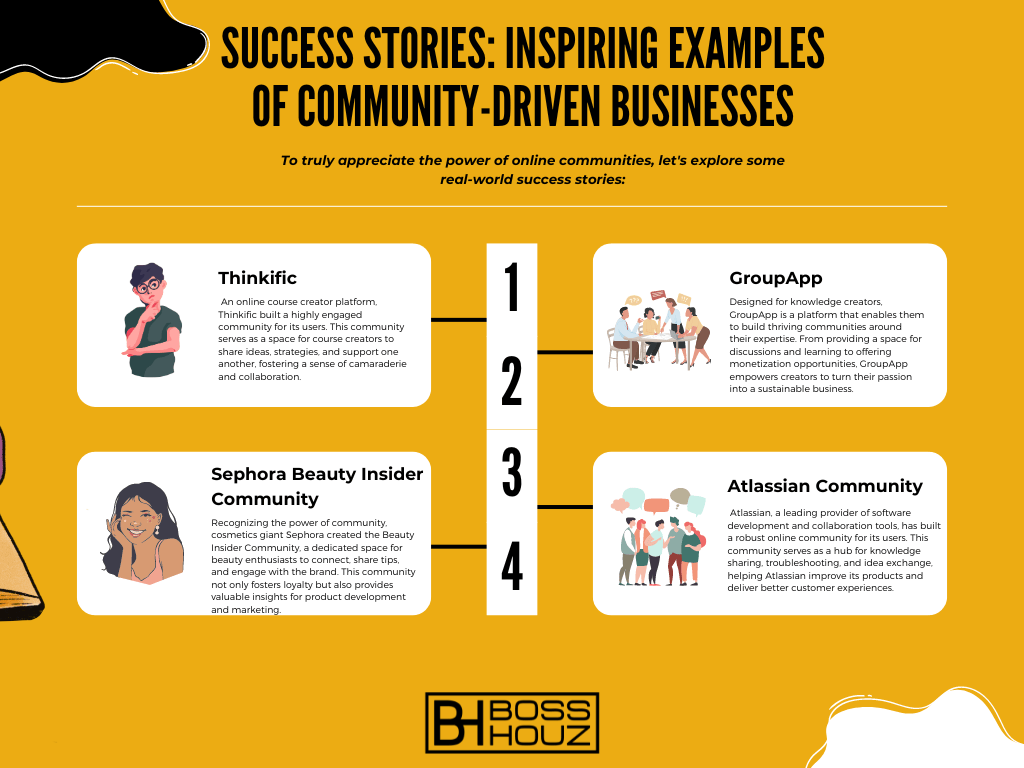Connections are currency and engagement is key, building an online community has become the underground movement for businesses looking to thrive in this ever evolving space. From fostering customer loyalty to driving growth, a well-crafted online community can be a powerful tool in your arsenal.
Imagine a space where your customers, partners, and enthusiasts gather, share, and collaborate, creating a sense of belonging that transcends mere transactions. This is the essence of a community-driven business, and we’re here to guide you through the exciting journey of creating one.
Table of Contents
The Driving Force: Why Build an Online Community?


- Strengthen Customer RelationshiAt its core, an online community is a shared space where members engage around common interests, opinions, or goals. It’s a space where users can discuss topics, learn together, collaborate, and share advice. But the benefits of building an online community extend far beyond just fostering connections. Here’s why it’s a game-changer for businesses:
- ps: An online community allows you to connect with your customers on a deeper level, fostering loyalty and trust. By actively listening and engaging with their feedback, you can improve your products or services and create a sense of belonging.
- Drive Traffic and Increase Revenue: A thriving online community can drive traffic to your website, increase brand awareness, and ultimately boost your revenue. Members often become brand advocates, sharing their positive experiences and attracting new customers.
- Tap into a Wealth of Insights: Your community members are a goldmine of insights, ideas, and feedback. By actively engaging with them, you can gather valuable data to inform your product development, marketing strategies, and customer support efforts.
- Foster Collaboration and Innovation: Online communities provide a platform for members to collaborate, share ideas, and inspire one another. This collaborative environment can spark innovation and lead to the development of new products, services, or solutions.
- Build Brand Loyalty and Advocacy: When customers feel valued and connected to your brand, they become more than just customers – they become advocates. A strong online community can foster a sense of loyalty and advocacy, leading to positive word-of-mouth and increased brand recognition.
Unleashing the Power: Steps to Building a Thriving Online Community
Building an online community is a journey, and like any great adventure, it requires careful planning and execution. Here’s a step-by-step guide to help you navigate this exciting path:
Step 1: Define Your Purpose and Goals
Before embarking on your community-building journey, it’s crucial to define your purpose and goals. Ask yourself: Why do you want to build an online community? Is it to support your product, provide educational resources, or foster networking? Understanding your “why” will guide every subsequent decision, from choosing the right platform to crafting your community guidelines.
Step 2: Identify Your Target Audience
Who are the people you want to engage with in your online community? Defining your target audience is essential to creating a space that resonates with their interests, needs, and preferences. Consider factors such as demographics, location, industry, and shared interests or challenges.
Step 3: Choose Your Community Platform
With a clear purpose and target audience in mind, it’s time to select the right platform for your online community. Options range from private Facebook groups and dedicated forums to custom-built platforms. Consider factors such as ease of use, features, scalability, and integration with your existing digital ecosystem.
| Platform | Pros | Cons |
| Private Facebook Groups | Easy setup, large user base | Limited customization, platform dependence |
| Specialized Forums | Robust features, customization options | Higher learning curve, additional costs |
| Custom-Built Platforms | Full control, tailored to specific needs | Significant development time and resources required |
Step 4: Craft Your Community Guidelines
Establishing clear guidelines and rules is crucial for fostering a positive and inclusive community environment. These guidelines should outline acceptable behavior, moderation policies, and community norms. Remember, a well-defined set of guidelines sets the tone for respectful and productive interactions.
Step 5: Seed Initial Content and Engage Early Members
Rome wasn’t built in a day, and neither is a thriving online community. Start by seeding initial content to encourage participation and engagement. This could include introductory posts, educational resources, or thought-provoking discussions. Engage with early members, reply to their comments, and make them feel valued from the very beginning.
Step 6: Promote Your Community
With your community up and running, it’s time to spread the word. Leverage your existing channels, such as your website, social media platforms, and email newsletters, to promote your online community. Collaborate with influencers or partners in your industry to expand your reach and attract new members.
Step 7: Foster Engagement and Nurture Connections
The key to a successful online community lies in fostering engagement and nurturing connections among members. Encourage active participation through discussions, events, and challenges. Highlight member achievements and contributions to create a sense of belonging. Leverage gamification elements, such as badges or leaderboards, to keep members motivated and engaged.
Step 8: Continuously Adapt and Evolve
Building an online community is an ongoing process, and adapting to the changing needs and preferences of your members is crucial. Continuously monitor community interactions, gather feedback, and make adjustments to ensure your community remains relevant, engaging, and valuable to its members.
Success Stories: Inspiring Examples of Community-Driven Businesses


To truly appreciate the power of online communities, let’s explore some real-world success stories:
- Thinkific: An online course creator platform, Thinkific built a highly engaged community for its users. This community serves as a space for course creators to share ideas, strategies, and support one another, fostering a sense of camaraderie and collaboration.
- GroupApp: Designed for knowledge creators, GroupApp is a platform that enables them to build thriving communities around their expertise. From providing a space for discussions and learning to offering monetization opportunities, GroupApp empowers creators to turn their passion into a sustainable business.
- Sephora Beauty Insider Community: Recognizing the power of community, cosmetics giant Sephora created the Beauty Insider Community, a dedicated space for beauty enthusiasts to connect, share tips, and engage with the brand. This community not only fosters loyalty but also provides valuable insights for product development and marketing.
- Atlassian Community: Atlassian, a leading provider of software development and collaboration tools, has built a robust online community for its users. This community serves as a hub for knowledge sharing, troubleshooting, and idea exchange, helping Atlassian improve its products and deliver better customer experiences.
These examples showcase the diverse ways in which online communities can drive business success, foster customer loyalty, and create a sense of belonging.


==FAQs==
Building an online community is an exciting journey, but it’s natural to have questions along the way. Here are some common FAQs to help you navigate the process:
How do I identify my target audience for the online community? Define your target audience by considering factors such as demographics, location, industry, shared interests, or challenges. This will help you create a space that resonates with their needs and preferences.
What platform should I use to build my online community? The choice of platform depends on your goals and target audience. Options include private Facebook groups, dedicated forums, or custom-built platforms. Consider factors like ease of use, features, scalability, and integration with your existing digital ecosystem.
How can I make money from my online community? Monetization strategies for online communities can include premium memberships, sponsored content, affiliate marketing, e-commerce integration, and offering paid services or consulting.
How do I moderate my online community effectively? Establish clear community guidelines and moderation policies. Assign dedicated community managers or moderators to monitor discussions, address conflicts, and ensure a positive environment.
Wrapping Up: Embracing the Power of Community-Driven Business
As we’ve explored throughout this article, creating a thriving online community is a journey that requires careful planning, execution, and a deep understanding of your target audience. By defining your purpose and goals, choosing the right platform, crafting comprehensive guidelines, and fostering engagement, you can build a vibrant space where your customers, partners, and enthusiasts can connect, collaborate, and thrive.
But the power of online communities extends far beyond just fostering connections. By leveraging NLP techniques and SEO strategies, you can enhance community interactions, gather valuable insights, and improve discoverability, ultimately driving greater value for your members and your organization.
Remember, building an online community is an ongoing process that requires continuous adaptation and evolution. As your community grows and evolves, be prepared to listen to your members, gather feedback, and make adjustments to ensure your community remains relevant, engaging, and valuable.
Embrace the power of community-driven business, and you’ll not only create a space for your customers and partners to connect, but you’ll also build a foundation for long-term success, innovation, and growth.








